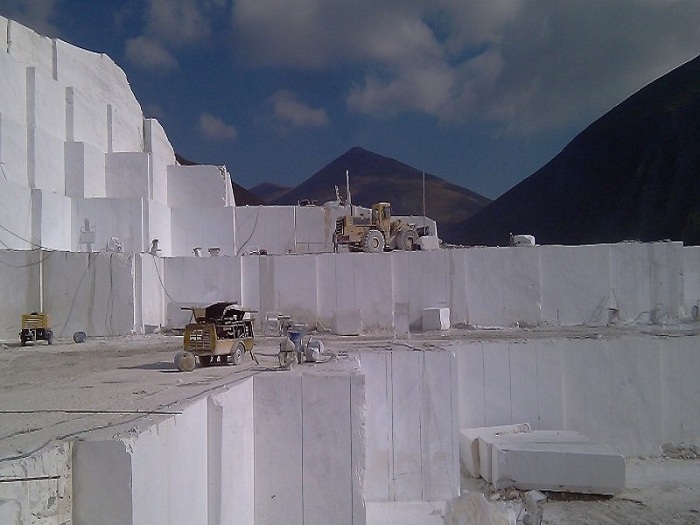Closing half of the country's mines

Half of the country's mines are inactive, while reviving them will play an important role in generating production and earning rials and foreign exchange. This requires careful planning and the creation of appropriate conditions for government and private investment.
According to the International Exhibition of Iranian Stone, in the year named as production jump, paying attention to mineral potential and increasing production of this sector can have a significant impact on the country's economic jump, increase the country's foreign exchange earnings and compensate for declining oil sales.
Recently, Ismaili, the Deputy Minister of Industry and Mines, announced the goal of rehabilitating 1,000 passive mines in the country this year, referring to the continuation of the implementation of the small and medium mining activation program this year. We have rehabilitated six inactive mines, and this year we have set a goal to activate more than a thousand more.
He recently said that one of the priorities in the mining and exploitation sector is to activate small mines, which were approved last year, and in this regard, one hundred and forty-six mines were revived last year from more than 4,000 inactive mines. This year, we plan to revive and activate another 1,300 inactive mines.
Ismaili said: "Of the ten thousand and seven hundred mines in the country, five thousand six hundred and fifty are active and the rest are inactive. This year, good plans are planned to activate such mines."
This discussion was raised while according to the memorandums of activation and development of small-scale mines, which was signed in February 2017, it was decided to activate the number of five hundred inactive mines in a five-year period, which will employ twenty-five thousand people. Was.
At the same time, according to the Ministry of Industry, Mines and Trade, there are currently about 4,000 inactive mines in all mineral groups, nine percent of which are metal mines, twenty-one percent are decorative stone mines, and fifty-one percent. Mines are building materials and fifteen percent of other mines such as refractories and so on.
Vajihollah Jafari, CEO of the Minerals Production and Production Company, had previously said: "According to statistics from the Ministry of Industry, there are about 10,000 mines in the country that have exploitation licenses, of which fifty-three percent are active, forty-three percent." Seven percent are inactive and two percent are equipped.
According to him, ninety-eight percent of the mines are small-scale, accounting for eighty-five percent of employment and sixty-five percent of production, he said.
Last year, he said, the statistics of inactive and active mines where development is possible will be examined with a consultant, and this year the monitoring of all provinces will be done. But problems with monitoring output, such as liquidity, infrastructure, the market, and technology, reduce processing capacity and capital. Therefore, one of the reasons for investing is based on the amount of storage and production that is done.
The CEO of the Minerals Production and Production Company had said: "Collecting mines is one of the solutions that we can achieve a common processing unit with accurate identification." The second solution is to build infrastructure and capital, which are introduced to investors by providing the conditions.
Discussions on the Small Mines Activation Program come at a time when productive growth, increased mineral production, and the resumption of inactive mines could play an important role in realizing this year's slogan. Of course, this requires a detailed and executive plan, and in addition, information on how to activate the mines and how private sector actors will participate will play an important role in the timely implementation of this plan.
* Fars










